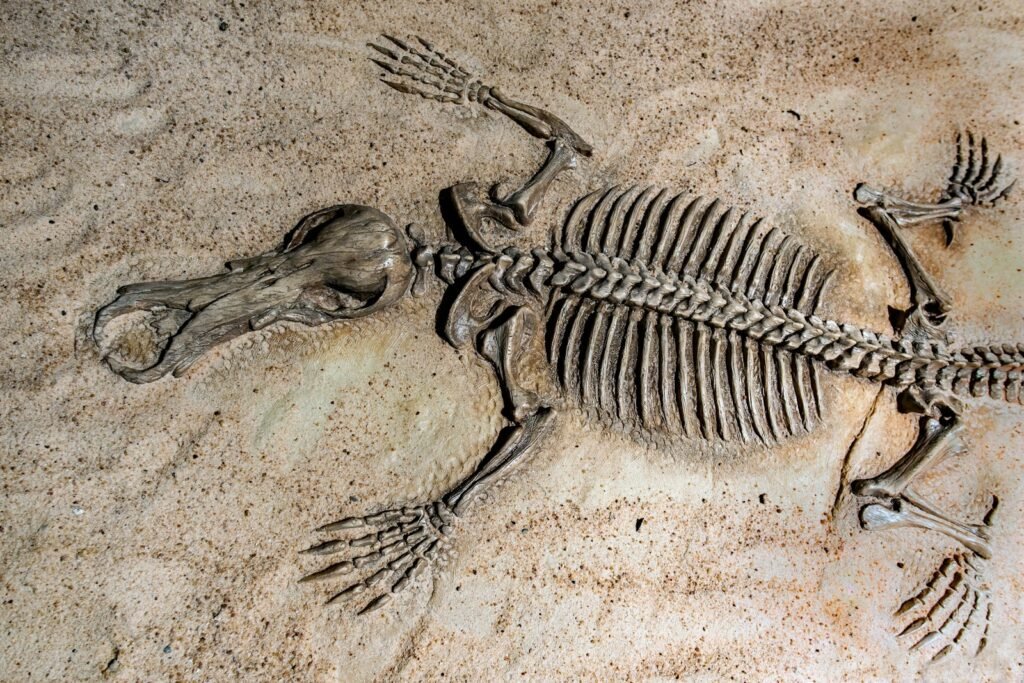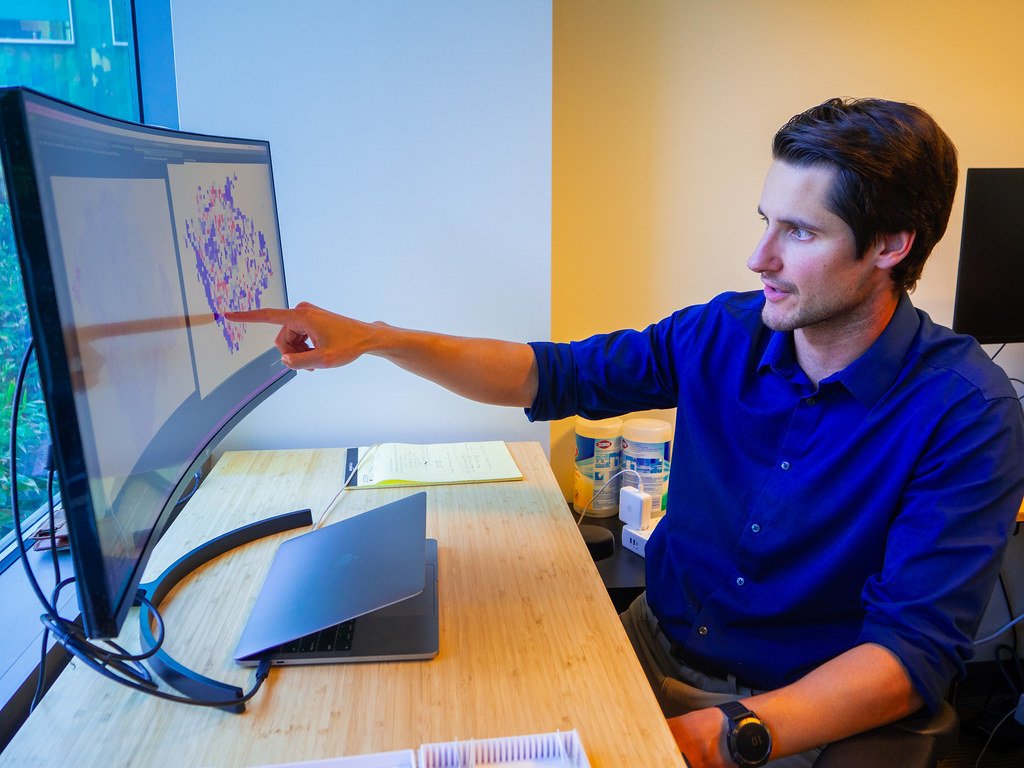Modern paleontology didn’t arrive with a single eureka moment – it grew out of a string of bold bets, lucky finds, and clever tools that turned stone into story. For decades, fossils were treated like cabinet curiosities; today, they are data-rich time capsules read with lasers, isotopes, and genomes. The field’s biggest advances now come from cross-pollination with physics, chemistry, and computer science, and the results feel almost cinematic. Each breakthrough below pushed the science from speculation toward testable, technical answers, and together they rewired how we think about life on a changing planet.
Chicxulub and the Catastrophe Hypothesis

It still stuns the imagination: a single impact near what is now Mexico’s Yucatán Peninsula ended the age of non-avian dinosaurs and rewrote Earth’s ecological script. The story stitched together an iridium-rich clay layer, shocked quartz, and a buried crater the size of a small country, finally aligning geologic evidence with a mass extinction seen in the rock record. Drilling into the crater’s peak ring revealed how tsunamis, wildfires, and a sunless world unfolded in brutal sequence. Beyond drama, this discovery gave paleontology a hard clock for the end-Cretaceous, forcing researchers to test extinction scenarios with real timelines and climate models. It also set a new standard: mass extinctions aren’t vague mysteries anymore – they’re forensic investigations with fingerprints and timestamps.
Radiometric Dating and the Deep-Time Revolution
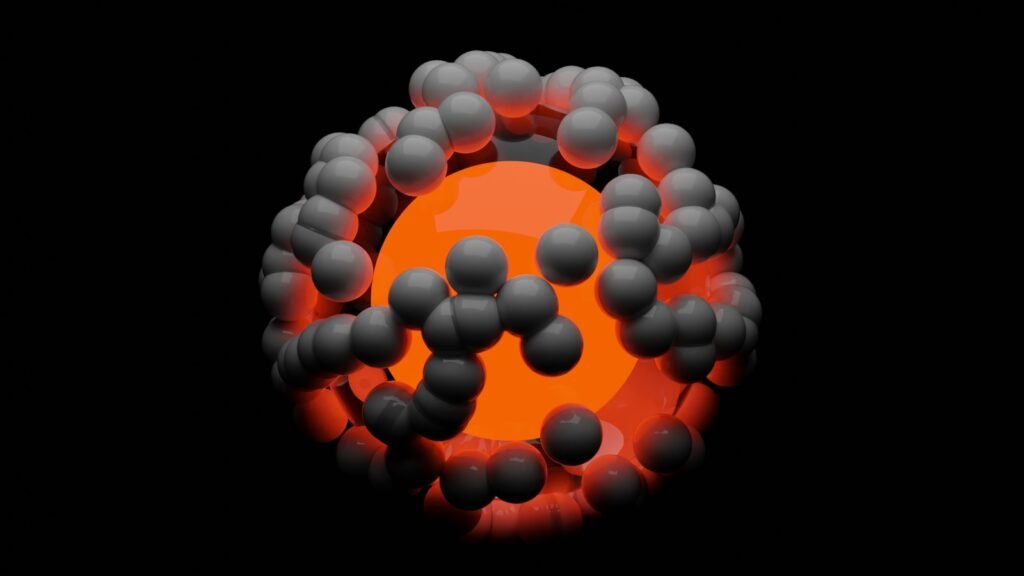
Turning fossils into numbers changed everything, and radiometric dating did exactly that by measuring the decay of isotopes locked in minerals. Instead of guessing a fossil’s age from surrounding layers alone, scientists could bracket its birthday within tight error bars and compare events across continents. The result was a reliable calendar that sorted evolutionary bursts, collapses, and migrations into a coherent sequence. It revealed that Earth’s history is not a blurry smear but a ledger of cause and effect, where volcanic pulses, climate swings, and biotic change line up. Deep time stopped feeling abstract and started behaving like a dataset – one you can query, test, and refine.
Plate Tectonics and the Moving Stage of Life
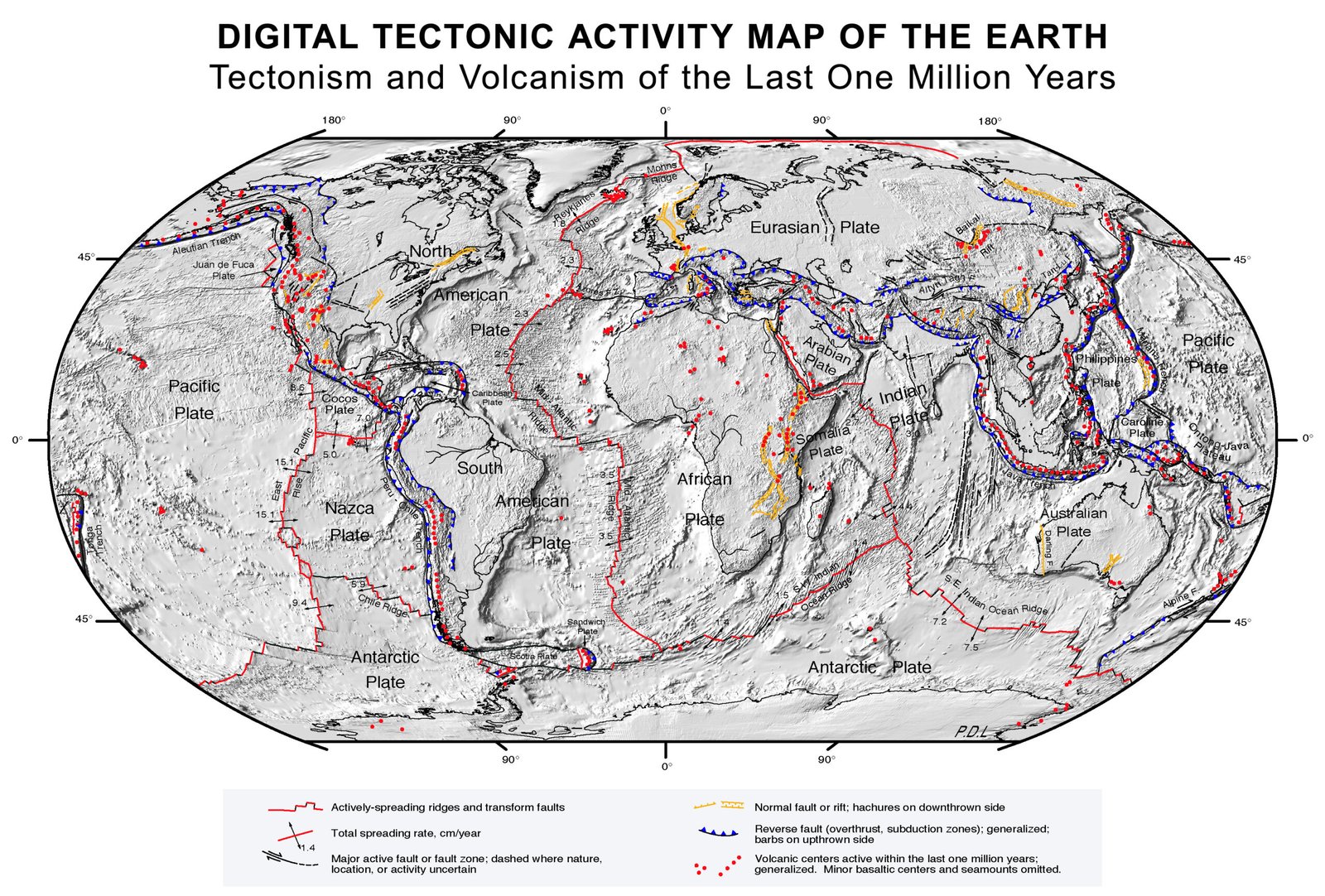
Once the continents began to drift in our models, fossil puzzles snapped into place. The same plant or reptile turning up in far-flung rocks stopped looking like a cosmic coincidence and started reading like a travel itinerary pinned to Pangea and its breakup. Marine corridors opened and closed, mountain chains rose and eroded, and lineages followed the routes and chokepoints laid down by shifting plates. Paleontologists used these moving maps to explain dispersal, isolation, and speciation with actual geography rather than hand-waving. Tectonics didn’t just relocate continents – it gave the stage directions for evolution’s grand play.
Cladistics and Tree-Thinking
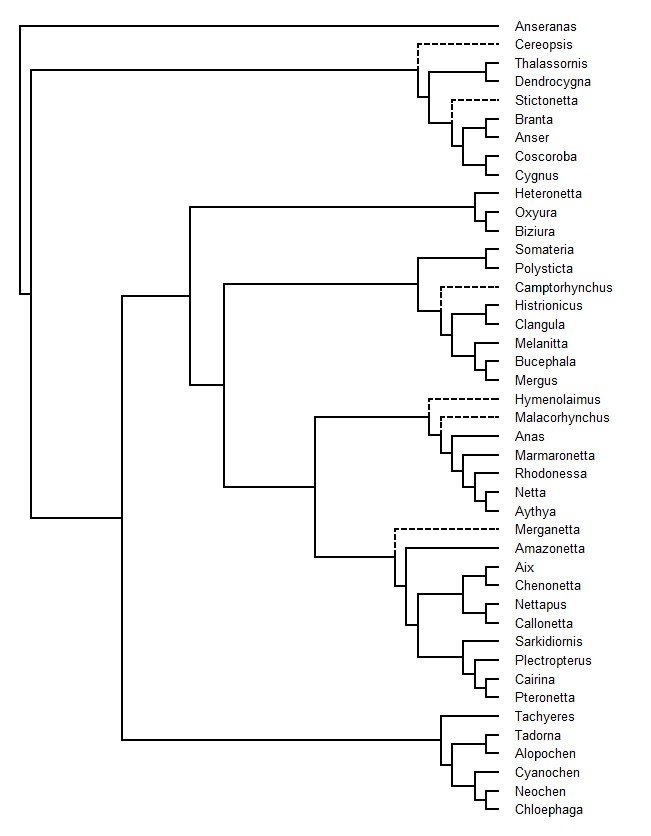
Before cladistics, many fossil groups were arranged by superficial similarity; after it, relationships were rebuilt from shared, testable traits. This method turned classification into a hypothesis-driven science, where character matrices and computer algorithms weigh evidence and spit out evolutionary trees. It reorganized dinosaur family ties, clarified bird origins, and made “what goes with what” a measurable question instead of an aesthetic choice. Crucially, cladistics opened the door to rigorous debates that can be settled by new data, not louder opinions. The field gained a backbone – quite literally a branching one – that keeps being recalibrated as new fossils and characters are added.
Liaoning’s Feathered Dinosaurs and the Bird Connection

The Early Cretaceous fossils from northeastern China delivered a gut-punch of clarity: dinosaurs wore feathers, and birds sit within their family tree. Delicate impressions captured pennaceous feathers, downy filaments, and even complex wings, collapsing the gap between ground-running predators and early flyers. This wasn’t just about beautiful specimens; it reshaped biomechanics, thermoregulation, and behavior, showing feathers evolved before powered flight and served multiple jobs. It also transformed public imagination, shifting dinosaurs from scaly brutes to dynamic, heat-managing, display-savvy animals. Once you’ve seen a feathered raptor fossil, it’s hard to unsee the living dinosaur perched on your city’s power line.
Ancient DNA and the Genomic Time Machine
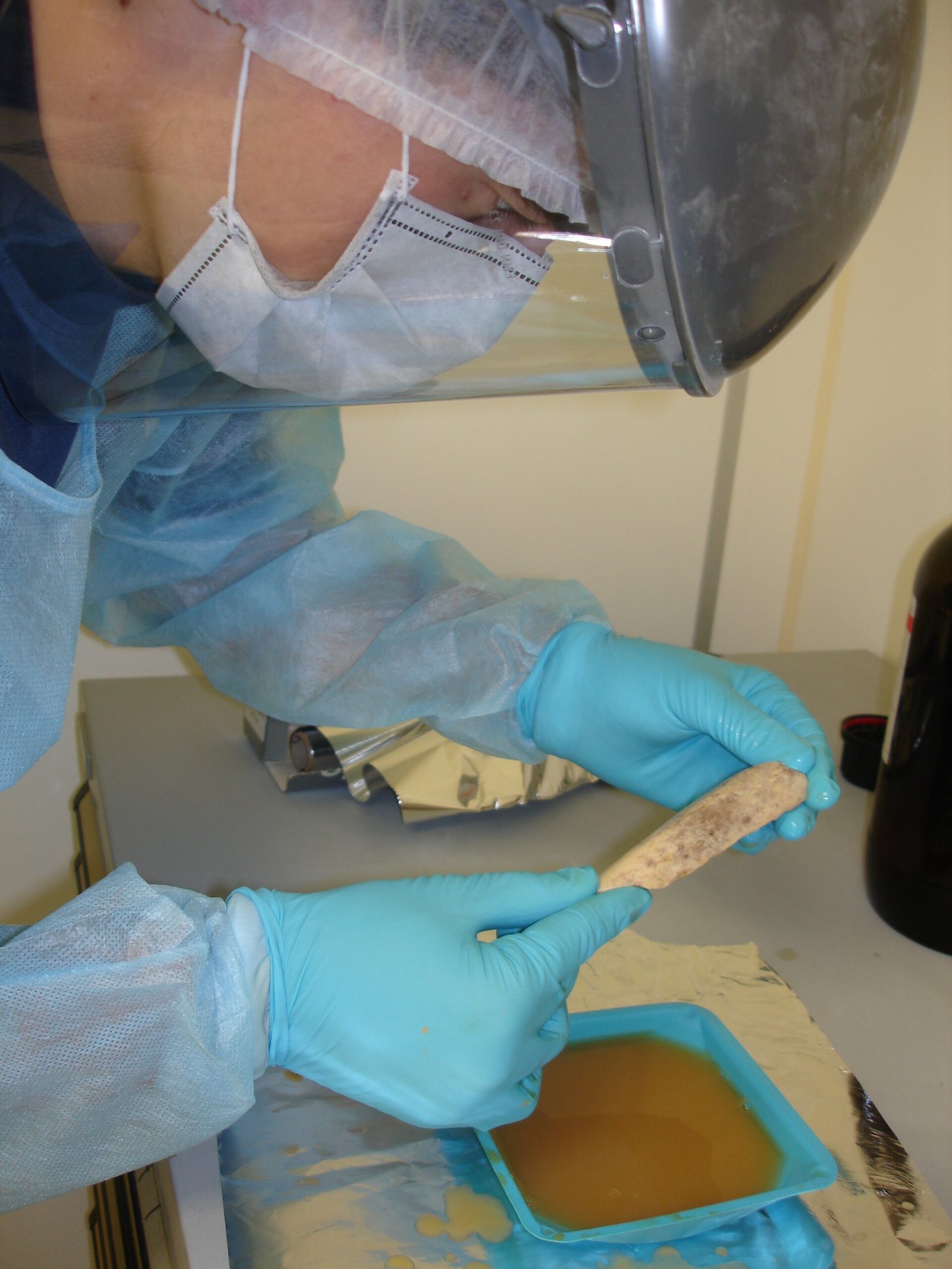
Extracting genetic material from Ice Age bones pulled entire populations back into focus – Neanderthals, Denisovans, giant ground sloths, and woolly mammoths all stepped forward with readable genomes. Suddenly, we could track interbreeding, population crashes, and migrations with a precision that fossils alone rarely allow. The approach plugged evolutionary stories into climate timelines, tying genetic bottlenecks to glacial pulses and habitat shifts. It also exposed how vulnerable large mammals are to rapid warming and habitat fragmentation, a warning written in base pairs. While ancient DNA fades beyond certain ages and conditions, its window onto the recent past is sharp enough to guide conservation thinking now.
CT Scanning, Synchrotrons, and the Invisible Anatomy
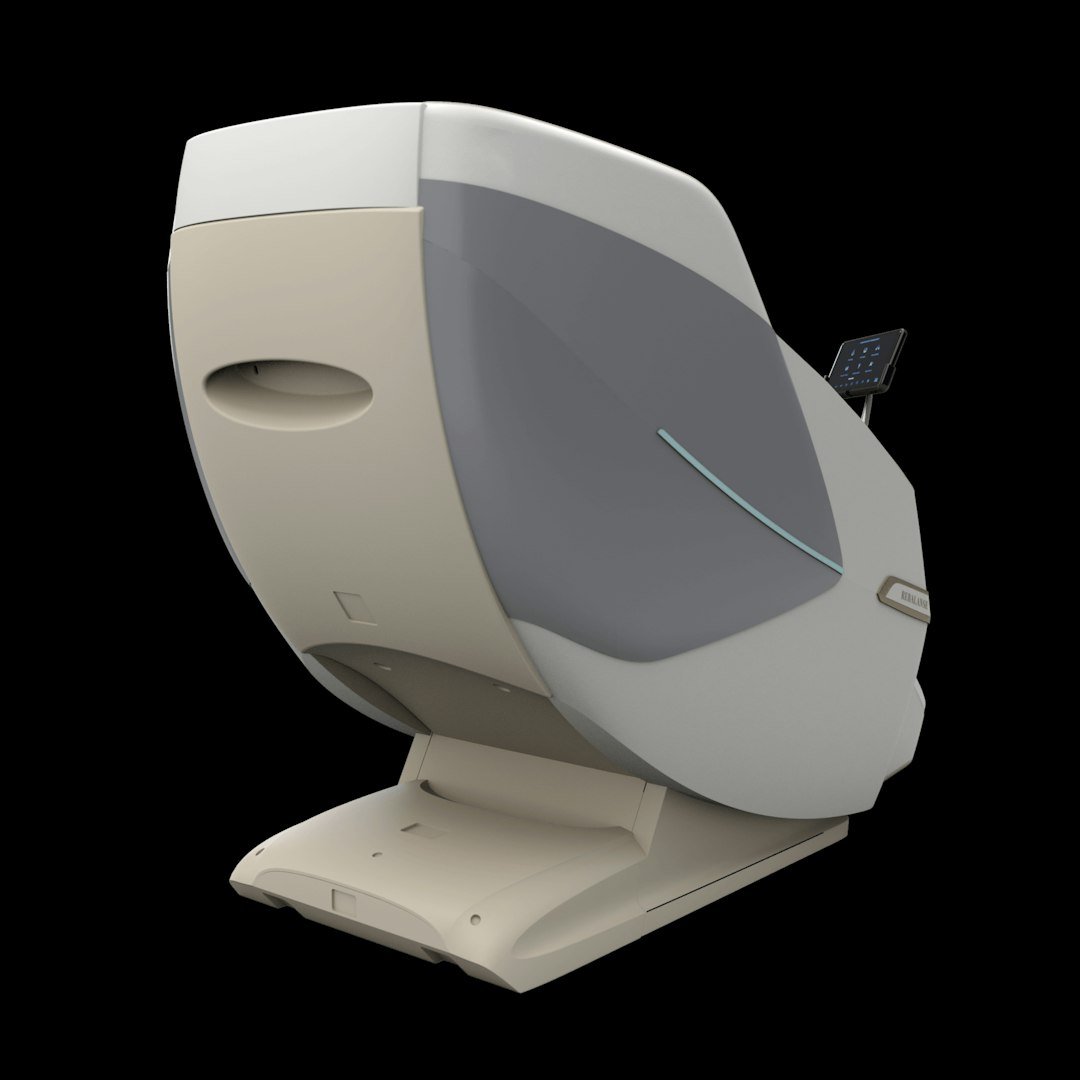
High-energy imaging made the unpreparable preparable: embryos in eggs, braincases in skulls, and tiny inner-ear canals inside delicate reptiles. With micro-CT and synchrotron light, scientists can model blood vessel pathways, tooth development, and bite mechanics without cracking a fossil. Digital reconstructions let teams test hypotheses in virtual space – simulate jaw forces, trace nerve routes, and even count growth lines like tree rings. The technique democratizes access too, as scans can be shared globally for new analyses and teaching. Paleontology moved from chisels to voxels, and it’s tough to imagine going back.
Color From Stone: Melanosomes and Ancient Pigments
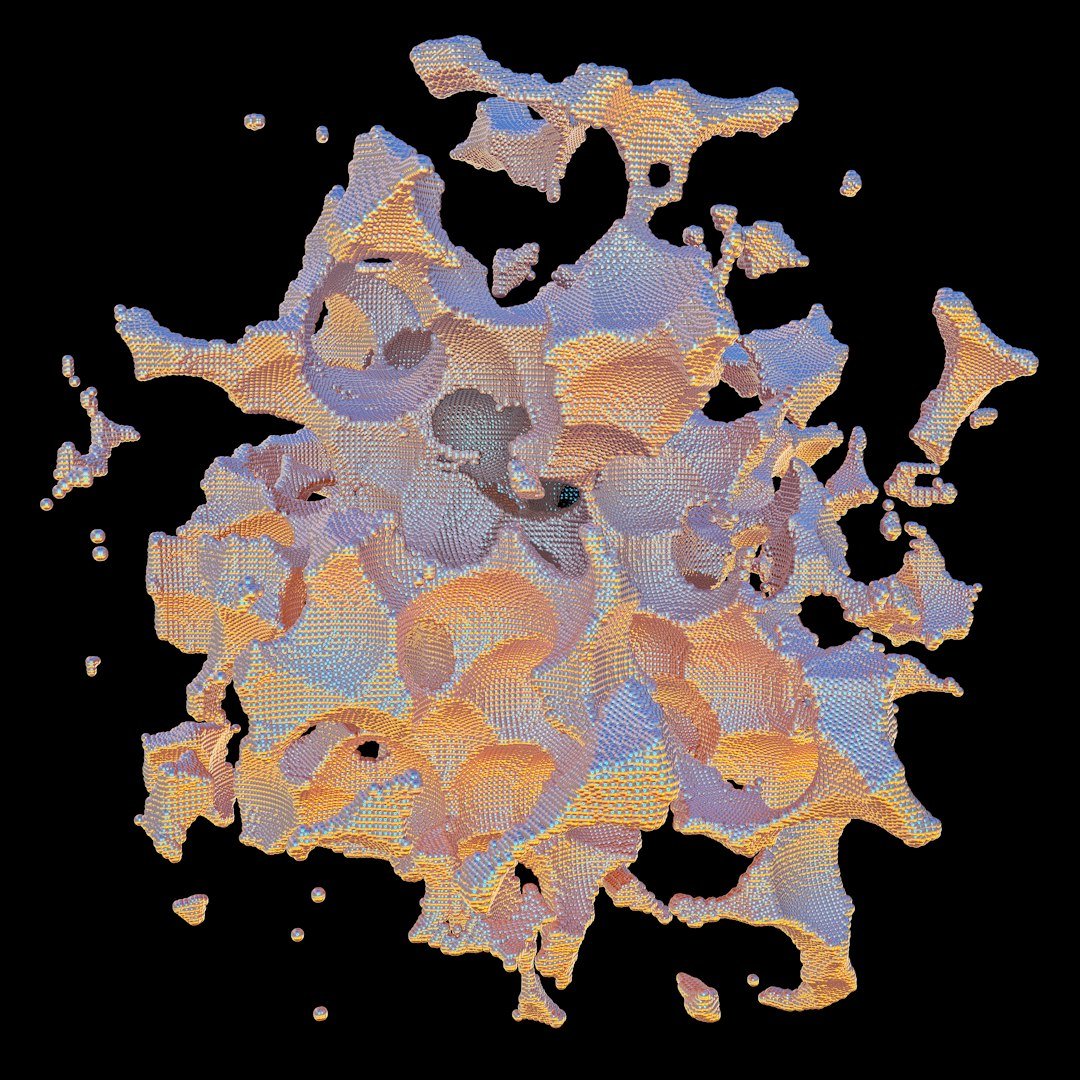
One of the quietest revolutions was also the most vivid: discovering pigment-bearing organelles preserved in feathers and skins. Mapping the size and arrangement of melanosomes allowed researchers to infer blacks, russets, and iridescence, turning drab reconstructions into evidence-based palettes. Color revealed more than cosmetics; it hinted at camouflage, signaling, and thermoregulation strategies in deep time. These findings also bridged to behavior, suggesting display structures and visual ecologies long vanished from the world. In a field that often battles uncertainty, recovering color felt almost subversively intimate.
Fossil Lagerstätten and the Moment-Capturing Mud
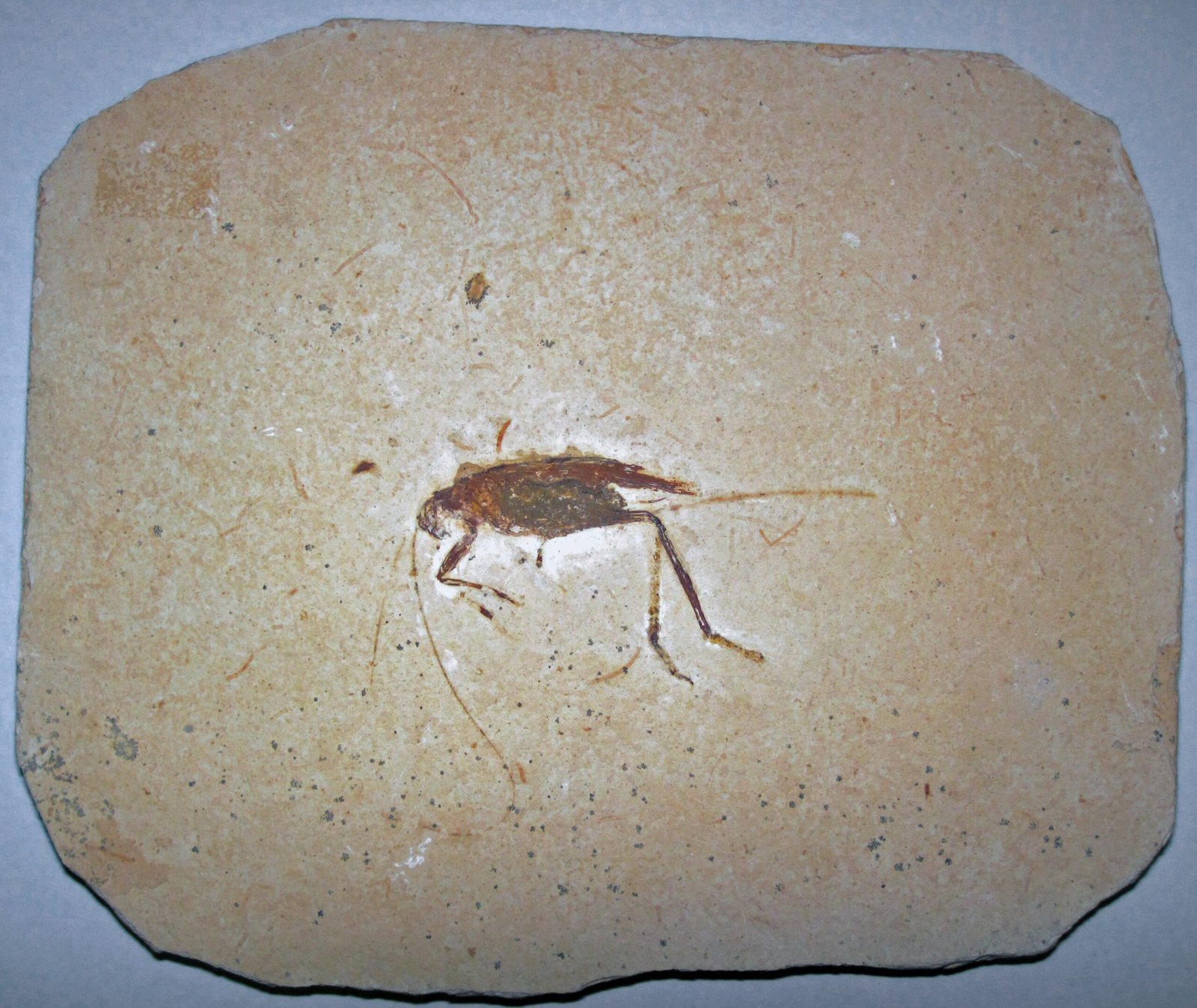
Exceptional deposits like the Burgess Shale, Chengjiang, and the Jehol Biota freeze-frame entire ecosystems rather than isolated bones. Soft tissues, gut contents, and delicate appendages make it possible to reconstruct food webs and life cycles with jaw-dropping detail. These windows exposed the burst of body plans during the Cambrian and the ecological choreography of lakes and lagoons in the Mesozoic. They also revealed how rarely such perfect conditions occur, reminding us that the fossil record is both generous and choosy. When a new Lagerstätte turns up, the field holds its breath, because entire textbooks can change.
Stable Isotopes and the Chemistry of Ancient Lives
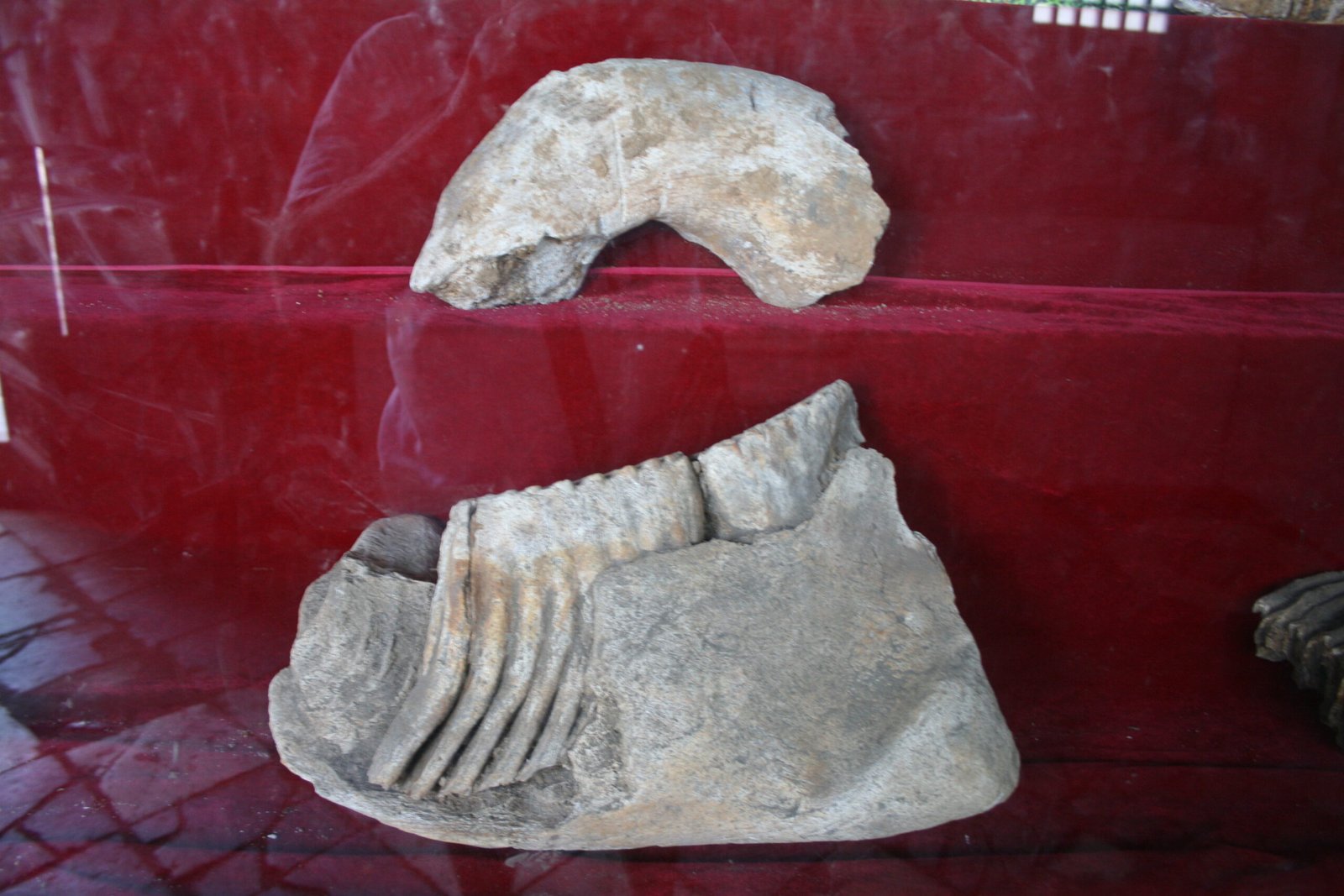
Tiny differences in atomic mass became narrative gold once geochemists learned to read them in teeth, shells, and minerals. Oxygen and carbon isotopes trace temperature, diet, and water sources, while newer clumped-isotope methods sharpen paleothermometer readings. With enamel samples, researchers can follow a mammal’s seasonal migration or a dinosaur’s drinking habits across landscapes. Isotopes tie living choices to climate contexts, turning lifestyle into something you can measure, not just imagine. In practice, they’re the quiet translators that connect bones to environments and behavior.
Proteins, Soft Tissues, and the Molecular Middle Ground
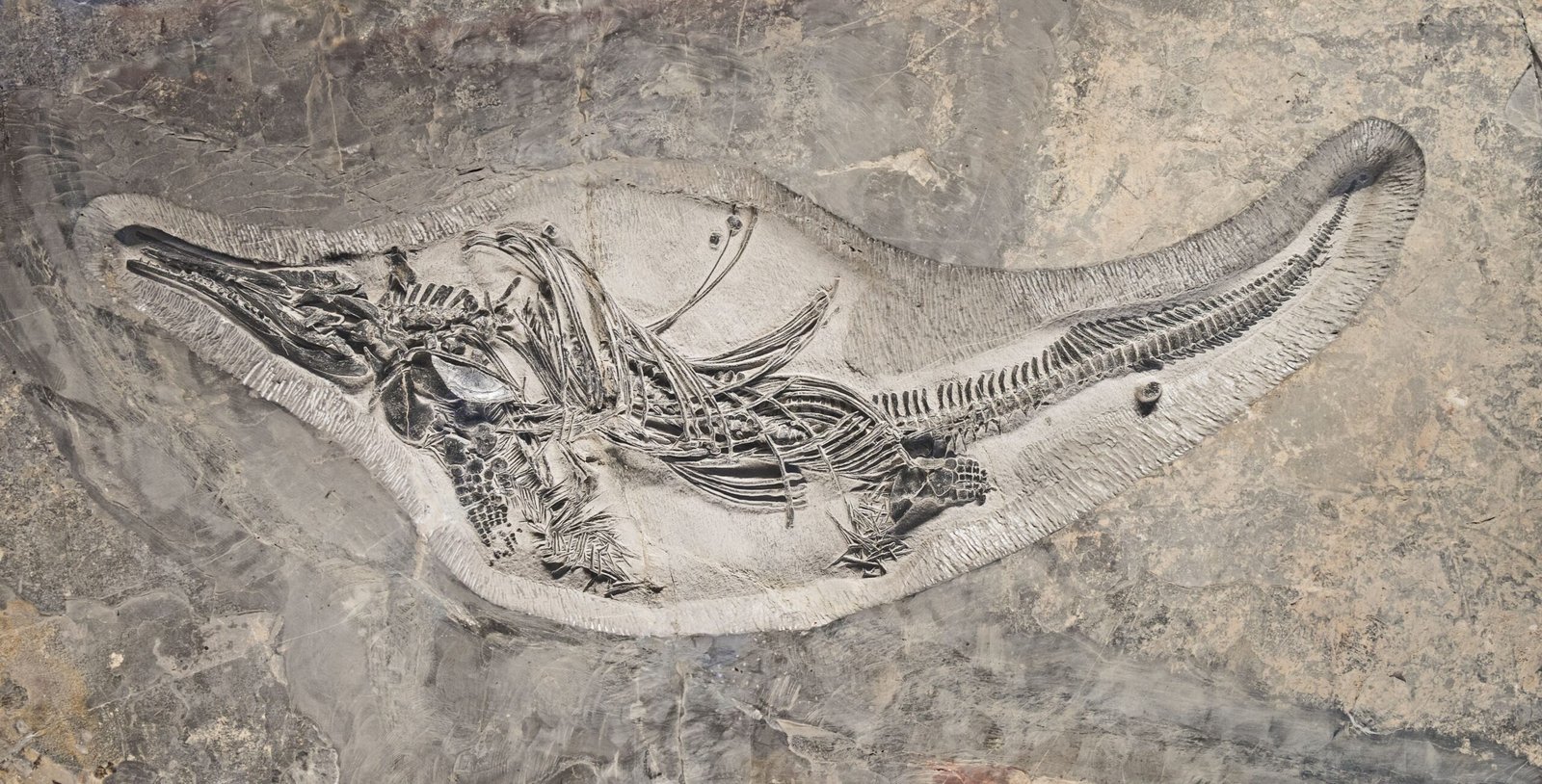
Reports of preserved proteins and soft-tissue structures in some fossils opened a cautious but thrilling frontier. Mass spectrometry and microscopy have hinted at collagen fragments and blood vessel-like features, suggesting molecules can sometimes survive beyond what we once thought possible. The work is debated and demands strict contamination controls, yet it has already nudged methods and standards forward. Even partial molecular traces can anchor evolutionary relationships or calibrate growth and physiology models. It’s a frontier where skepticism and excitement both have a job, and that’s healthy science.
Why It Matters
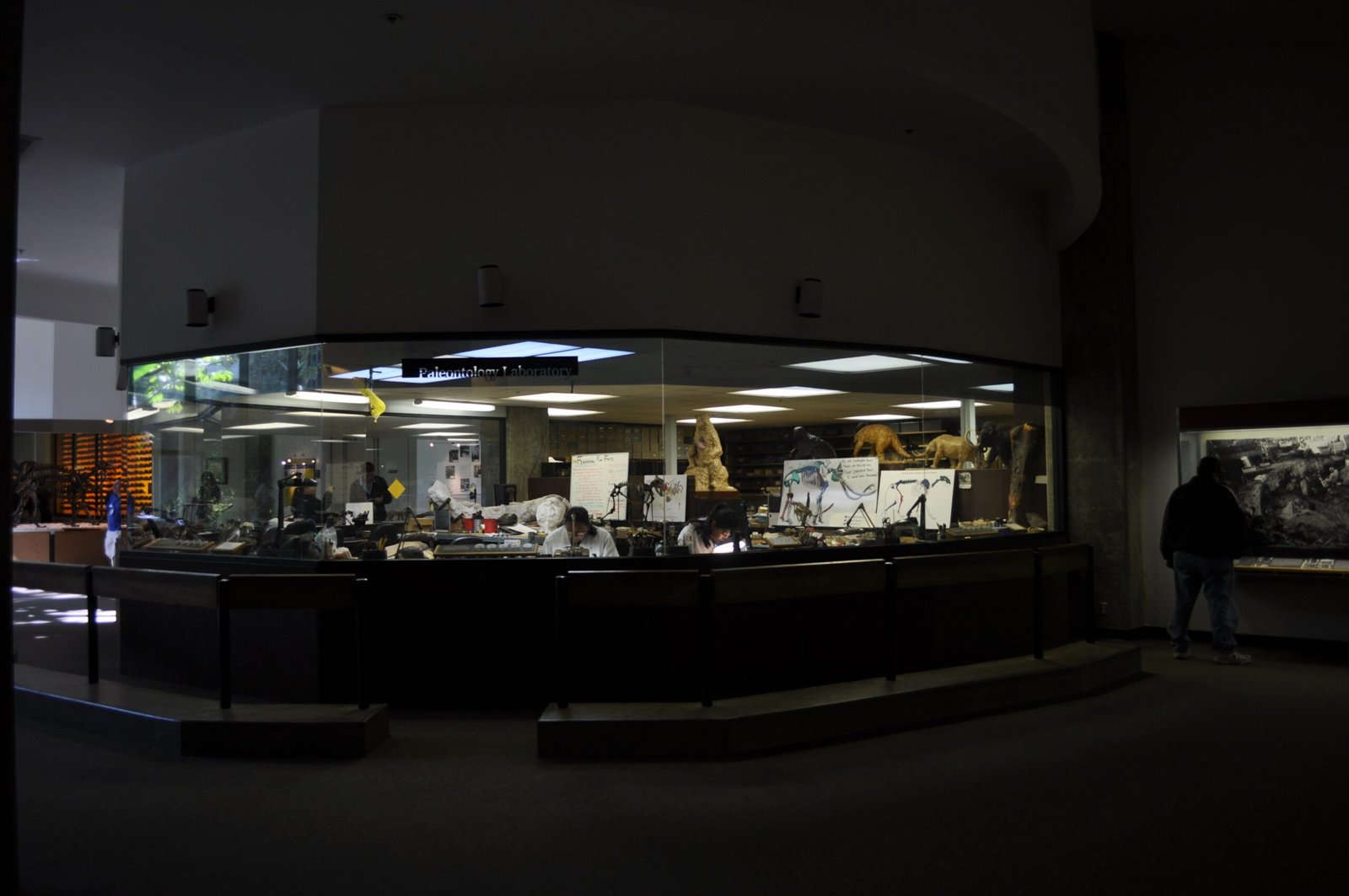
These breakthroughs did more than fill museum halls; they gave society a toolkit for thinking about change at the right scale. Traditional paleontology leaned on morphology and intuition, but the modern playbook marries anatomy with physics, chemistry, and code, shrinking uncertainty through independent lines of evidence. This matters because today’s climate and biodiversity shifts require long baselines to separate natural variability from genuine crisis. The rock record – now dateable, scannable, and sometimes readable at the molecular level – turns into a reality check for our models of tomorrow. In short, paleontology graduates from nostalgia to decision-making, informing conservation, hazard planning, and even how we evaluate planetary-scale risks.
The Future Landscape
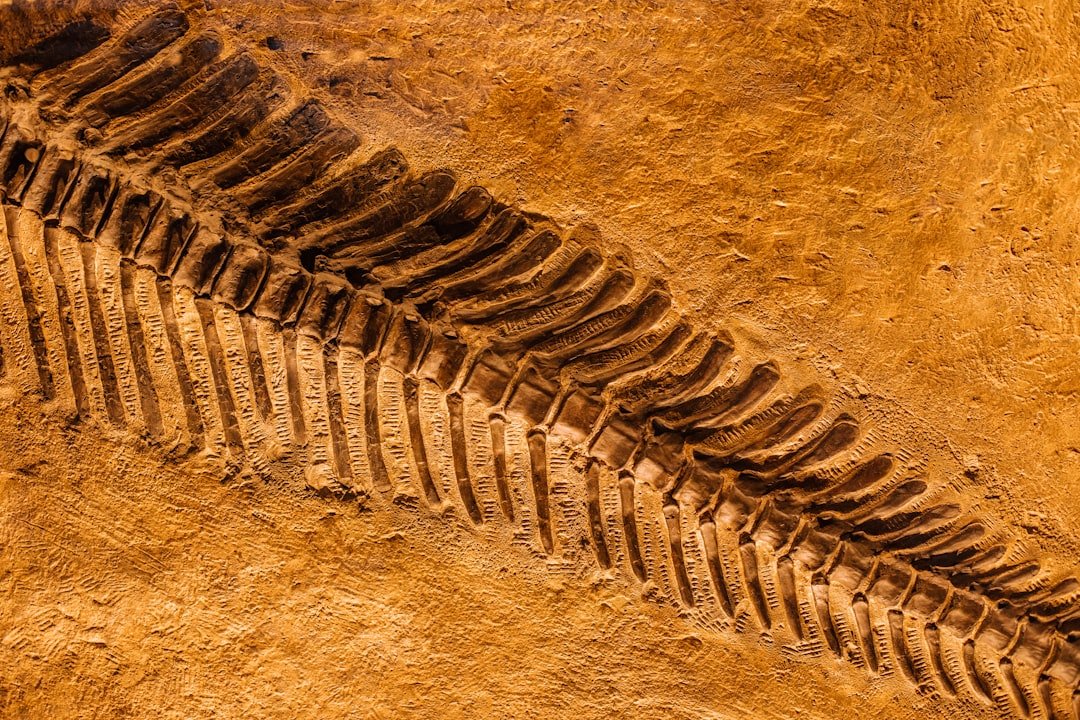
The next wave will likely come from fusion: machine learning to classify microstructures, portable DNA labs for field triage, and ever-finer isotope systems that parse weekly or daily life histories. New drilling campaigns and seafloor cores will tighten the links between climate shocks and biological responses, offering cautionary analogs for the present. Expect more desert and polar exploration as logistics improve, plus expanded community science that flags fossils via drones and high-resolution satellite imagery. Regulatory and ethical frameworks will need to keep pace, guarding sites from looting while enabling open data so discoveries aren’t siloed. If there’s a theme, it’s resolution – temporal, anatomical, and ecological resolution rising together until the past feels startlingly near.
Conclusion
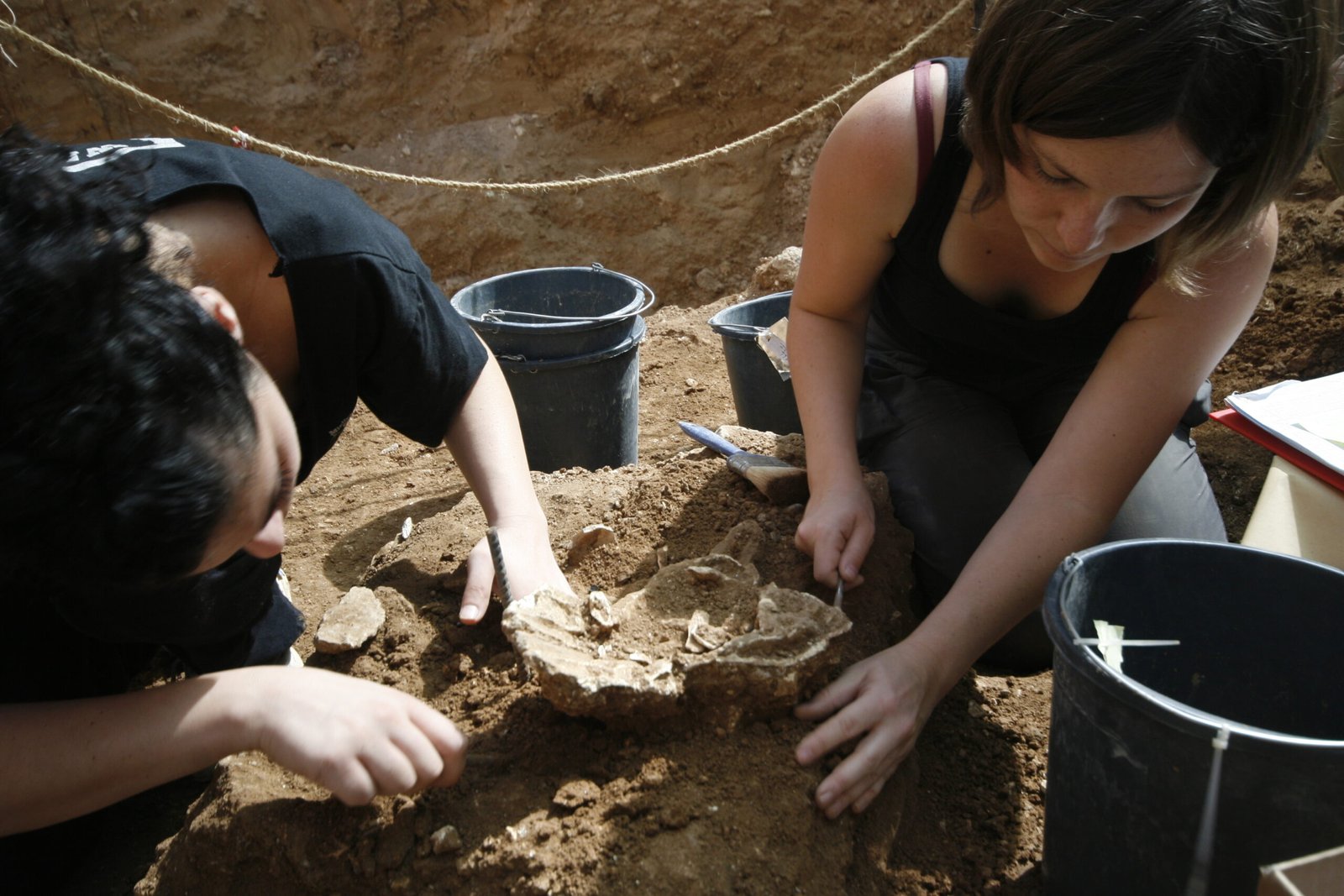
Support your local natural history museum and university collections, because that’s where specimens are conserved, scanned, and reinterpreted for decades. If you hike or farm in fossil-rich regions, learn basic reporting protocols so chance finds aren’t lost to erosion or the black market. Encourage open data by backing journals and projects that share scans, code, and metadata for reuse. Teachers and parents can fold deep-time stories into everyday learning, connecting climate, ecology, and evolution in ways that spark curiosity rather than dread. Small actions stack up, and the next great fossil might already be under someone’s boot heel waiting to be seen.

Suhail Ahmed is a passionate digital professional and nature enthusiast with over 8 years of experience in content strategy, SEO, web development, and digital operations. Alongside his freelance journey, Suhail actively contributes to nature and wildlife platforms like Discover Wildlife, where he channels his curiosity for the planet into engaging, educational storytelling.
With a strong background in managing digital ecosystems — from ecommerce stores and WordPress websites to social media and automation — Suhail merges technical precision with creative insight. His content reflects a rare balance: SEO-friendly yet deeply human, data-informed yet emotionally resonant.
Driven by a love for discovery and storytelling, Suhail believes in using digital platforms to amplify causes that matter — especially those protecting Earth’s biodiversity and inspiring sustainable living. Whether he’s managing online projects or crafting wildlife content, his goal remains the same: to inform, inspire, and leave a positive digital footprint.

